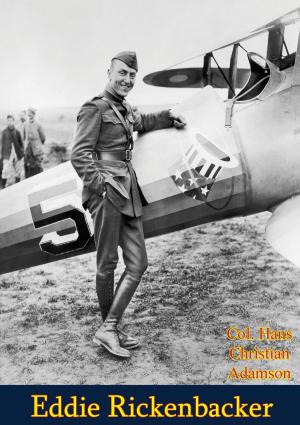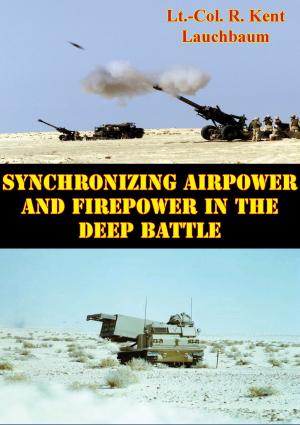Breaking The Mold: Tanks In The Cities [Illustrated Edition]
Nonfiction, History, Middle East, Persian Gulf War, Military| Author: | Kendall D. Gott | ISBN: | 9781782894445 |
| Publisher: | Tannenberg Publishing | Publication: | August 15, 2014 |
| Imprint: | Tannenberg Publishing | Language: | English |
| Author: | Kendall D. Gott |
| ISBN: | 9781782894445 |
| Publisher: | Tannenberg Publishing |
| Publication: | August 15, 2014 |
| Imprint: | Tannenberg Publishing |
| Language: | English |
Illustrated with 30 maps.
Few lessons are as prevalent in military history as is the adage that tanks don’t perform well in cities. The notion of deliberately committing tanks to urban combat is anathema to most. In Breaking the Mold: Tanks in the Cities, Mr. Ken Gott disproves that notion with a timely series of five case studies from World War II to the present war in Iraq.
This is not a parochial or triumphant study. These cases demonstrate that tanks must do more than merely “arrive” on the battlefield to be successful in urban combat. From Aachen in 1944 to Fallujah in 2004, the absolute need for specialized training and the use of combined arms at the lowest tactical levels are two of the most salient lessons that emerge from this study. When properly employed, well-trained and well-supported units led by tanks are decisive in urban combat. The reverse is also true. Chechen rebels taught the Russian army and the world a brutal lesson in Grozny about what happens when armored units are poorly led, poorly trained, and cavalierly employed in a city.
The case studies in this monograph are high-intensity battles in conflicts ranging from limited interventions to major combat operations. It would be wrong to use them to argue for the use of tanks in every urban situation. As the intensity of the operation decreases, the second and third order effects of using tanks in cities can begin to outweigh their utility. The damage to infrastructure caused by their sheer weight and size is just one example of what can make tanks unsuitable for every mission. Even during peace operations, however, the ability to employ tanks and other heavy armored vehicles quickly can be crucial. A study on the utility of tanks in peace operations is warranted, and planned.- Timothy R. Reese Colonel, Armor
Illustrated with 30 maps.
Few lessons are as prevalent in military history as is the adage that tanks don’t perform well in cities. The notion of deliberately committing tanks to urban combat is anathema to most. In Breaking the Mold: Tanks in the Cities, Mr. Ken Gott disproves that notion with a timely series of five case studies from World War II to the present war in Iraq.
This is not a parochial or triumphant study. These cases demonstrate that tanks must do more than merely “arrive” on the battlefield to be successful in urban combat. From Aachen in 1944 to Fallujah in 2004, the absolute need for specialized training and the use of combined arms at the lowest tactical levels are two of the most salient lessons that emerge from this study. When properly employed, well-trained and well-supported units led by tanks are decisive in urban combat. The reverse is also true. Chechen rebels taught the Russian army and the world a brutal lesson in Grozny about what happens when armored units are poorly led, poorly trained, and cavalierly employed in a city.
The case studies in this monograph are high-intensity battles in conflicts ranging from limited interventions to major combat operations. It would be wrong to use them to argue for the use of tanks in every urban situation. As the intensity of the operation decreases, the second and third order effects of using tanks in cities can begin to outweigh their utility. The damage to infrastructure caused by their sheer weight and size is just one example of what can make tanks unsuitable for every mission. Even during peace operations, however, the ability to employ tanks and other heavy armored vehicles quickly can be crucial. A study on the utility of tanks in peace operations is warranted, and planned.- Timothy R. Reese Colonel, Armor
![Cover of the book Breaking The Mold: Tanks In The Cities [Illustrated Edition] by Kendall D. Gott, Tannenberg Publishing](https://www.kuoky.com/images/2014/august/500x500/9781782894445-WpCv_500x.jpg)
![Cover of the book The Sky Is My Witness [Illustrated Edition] by Kendall D. Gott](https://www.kuoky.com/images/2015/november/300x300/9781786253361-Acvh_300x.jpg)
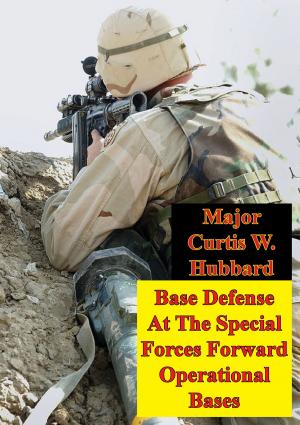
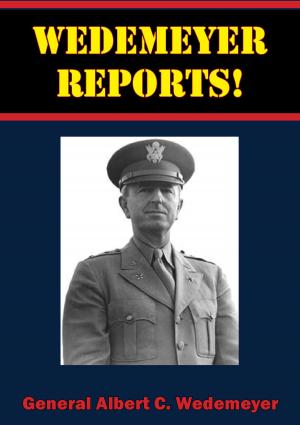
![Cover of the book The High Road To Tokyo Bay — The AAF In The Asiatic-Pacific Theater [Illustrated Edition] by Kendall D. Gott](https://www.kuoky.com/images/2014/august/300x300/9781782898917-2fPd_300x.jpg)
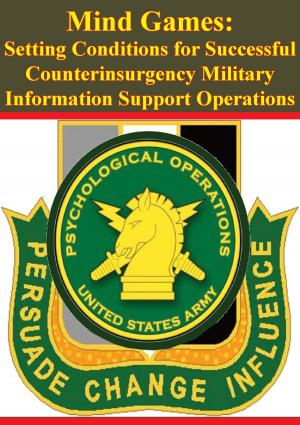
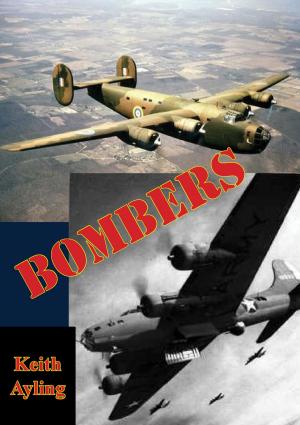
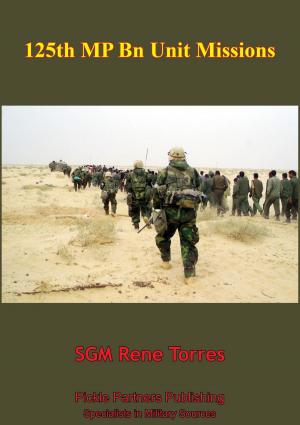
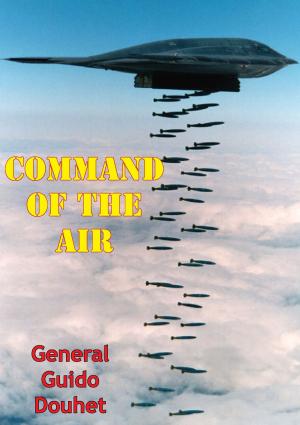


![Cover of the book Letters On Strategy Vol. I [Illustrated Edition] by Kendall D. Gott](https://www.kuoky.com/images/2015/november/300x300/9781786253682-u1uC_300x.jpg)
![Cover of the book The Soviet Airborne Experience [Illustrated Edition] by Kendall D. Gott](https://www.kuoky.com/images/2015/november/300x300/9781786250452-dBgd_300x.jpg)
